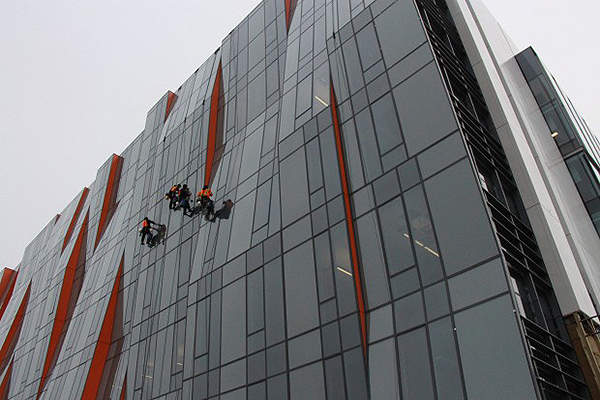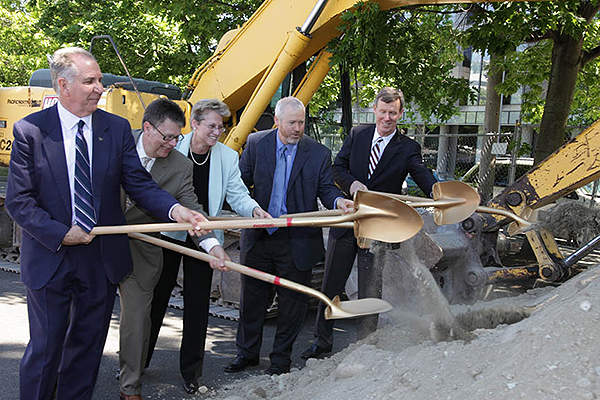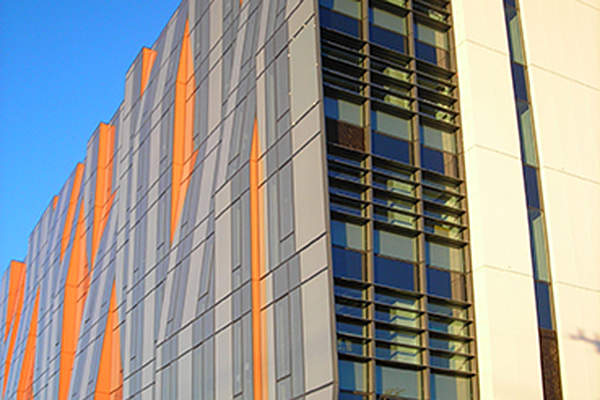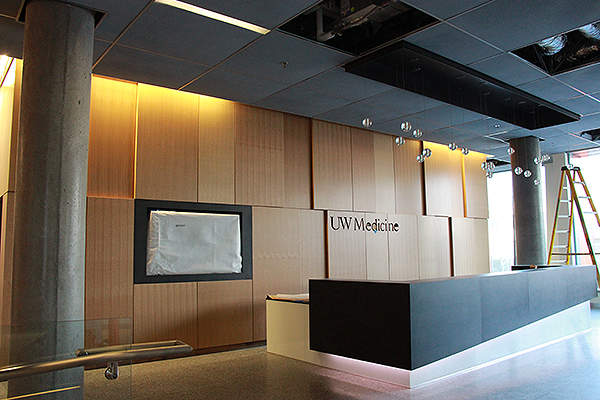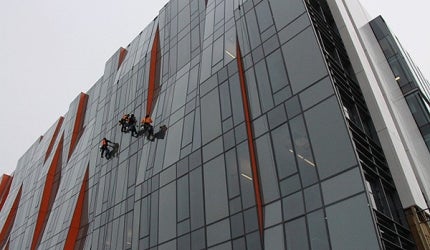
The new medical research complex at University of Washington (UW) School of Medicine in South Lake, Seattle was completed in March 2013. The new facility will house many of the university’s biomedical research laboratories. It is expected to receive certifications by spring 2013.
The construction was primarily sponsored by UW School of Medicine, Vulcan Real Estate and the National Development Council.
The medical research facility at UW School of Medicine
The new phase three research centre has a total floor space of about 330,000ft2, in a seven storey building. The research complex is surrounded with beautiful landscape and features a tree-lined sidewalk. It has two spacious seminar rooms with videoconferencing capabilities and also features 266 parking spaces located in two bays.
The third phase has laboratories for kidney research, vision sciences, rheumatology, immunology and infectious disease investigations. The scientists at the new facility will focus on a number of medical conditions, including multiple sclerosis, blindness, malaria, lupus and renal failure.
The new facility will be engaged in developing life-changing therapies and medical breakthroughs that will positively impact the health of future generations. The facility can accommodate between 1,000 and 1,200 researchers and support staff.
Medical research complex phase three construction
The construction of the research complex was completed in three phases. The total floor space of the medical research complex in all the three phases is about 800,000ft2.
The design and planning for the construction of the research complex began in September 2003. The facility broke ground for construction in 2004. The first phase of construction was completed in January 2005. It included a total floor space of 215,000ft2.
The facilities constructed in the first phase included laboratories intended to carry out research in microbiology, biomarkers, biologic imaging, cancer vaccines, heart regeneration, inflammation and proteomics.
The second phase of construction began in 2006 and was completed in 2008. It included 170,000ft2 laboratory building and 86,000ft2 office building.
The research facilities opened at the complex during the second phase included biology, therapeutic delivery systems, neurobiology, genetics, and regenerative medicine. The research facilities are specifically focused on diseases such as Parkinson’s and Alzheimer’s, diabetes, hearing loss, strokes, heart regeneration, liver diseases, and bone and joint regeneration and repair.
The Board of Regents approved the third phase of the medical research complex’s construction in April 2010. The third phase broke ground in July 2011 and was completed in March 2013.
Medical research complex contractors
The building design and architectural support was provided by Perkins+Will. The landscape design was provided by Gustafson Guthrie Nichol (GGN). The construction contract for the building was awarded to Sellen Construction.
The structural engineer for the second phase of construction was Magnusson Klemencic Associates. The electrical and mechanical engineer was Affiliated Engineers NW. The civil engineer for the second phase was Coughlin Porter Lundeen.
UW School of Medicine research facility financying
Related project
South Texas Research Facility, United States of America
The University of Texas Health Science Center (UTHSC) opened the new South Texas Research Facility (STRF) at its campus in San Antonio, US, in October 2011.
The first phase of construction was sponsored by philanthropy funding from Jeffrey H Brotman. The second phase of construction was contributed by Tom and Sue Ellison, Lynn and Mike Garvey, the Oki Foundation, Quellos, Safeco and the Orin Smith Family Foundation.
The total investment on the third phase of the medical research complex construction was $165m. The construction cost of the building was $113m. The National Development Council sponsored the third phase.

